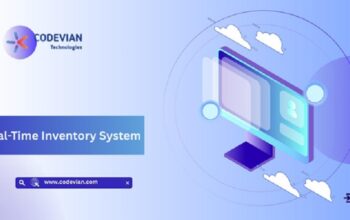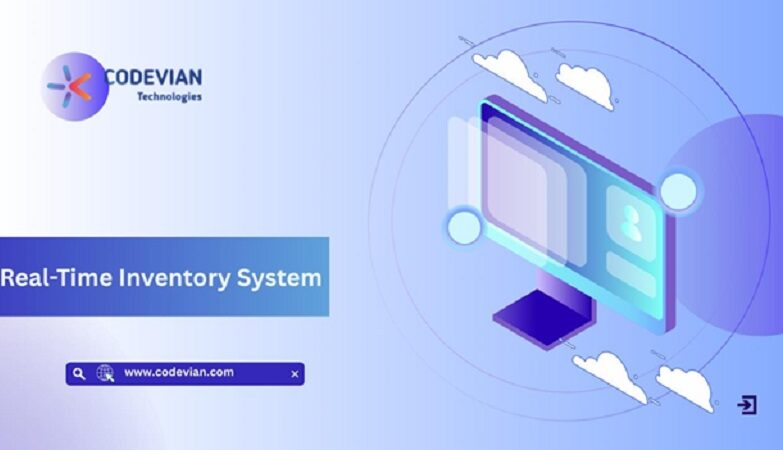The term “hybrid cloud” refers to the combination of several cloud computing models, such as public clouds and private clouds comprised of “edge locations” or “on-premises data centres.” Workloads may be shifted and managed across numerous cloud infrastructures, helping businesses save money, increase productivity, and fortify their digital transformation initiatives. Here are the hybrid cloud benefits you need to know about.
Using the Hybrid Cloud Computing Model
Hybrid cloud computing models for enterprise use resources and services from many cloud providers. The information is shared and synchronised with the help of integration, orchestration, and coordination procedures. It is crucial to have reliable hybrid cloud networking when installing hybrid clouds across on-premises data centres or edge sites. The process of creating communication between the environments makes use of local area networks, wide area networks, and application programming interfaces.
In a hybrid cloud, resources may be accessed and amassed with the help of technologies like virtualization, containerization, storage solutions, and software-defined networking. With a hybrid cloud, organisations may quickly move applications while still meeting all of the necessary requirements for regulatory compliance.
Increase the available computational power while minimising associated expenditures
Using a hybrid cloud, a company may increase its computing capacity without spending a fortune on demand management. Hybrid clouds also provide businesses the option of using their on-premises hardware and software to house and process more sensitive applications and data as necessary.
Limit Hybrid clouds, which are both open to the public and private users, allow companies to control how much of their data is available in the public cloud. This is achieved by limiting the public cloud’s use to overflow management exclusively, which improves its cyber security. Businesses may save money on public cloud services by restricting their utilisation, since they will only be charged for the resources they actually employ, rather than for the resources that sit unused most of the time.
In what way does a hybrid cloud ecosystem function?
The phrase “hybrid cloud” is used to describe the trend of companies merging in-house systems with outside offered cloud services like private clouds and public clouds. When a company’s computing needs change, it may use any combination of public, private, and hybrid cloud services, thus it makes sense for it to spread its instrumentation across all three.
The foundation of a hybrid cloud architecture is the sharing of information across local and remote servers. Application programming interfaces (APIs), virtual private networks (VPNs), and wide area networks (WANs) are among the connective tools and protocols used to establish a connection across disparate systems.
However, migrating applications to the cloud is just a minor component of managing a hybrid cloud environment. There are a plethora of other processes involved. In addition, IT is accountable for setting up resources in a manner that promotes collaboration. Other considerations that add to the cost include the time needed to train users and guarantee both proper deployment and long-term maintenance.
Conclusion
Due of the high resource requirements, moving to hybrid cloud computing needs careful consideration. Companies benefit from the increased adaptability and data dissemination options made possible by the hybrid environment, but IT staff are more likely to be overwhelmed by the resulting increased complexity.








